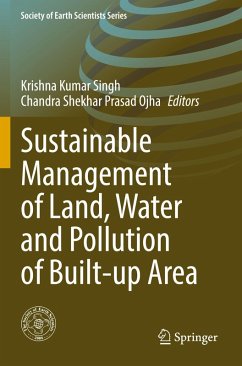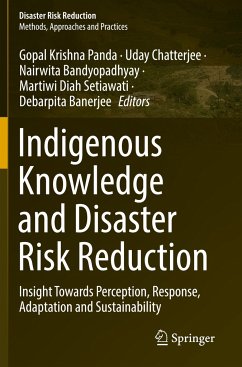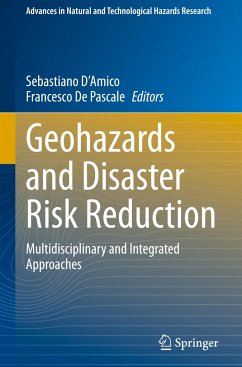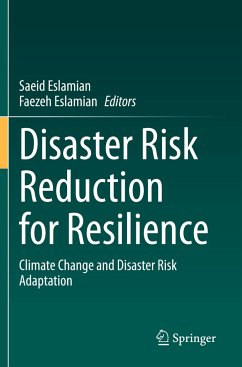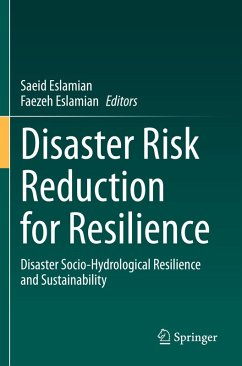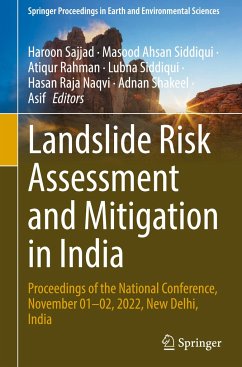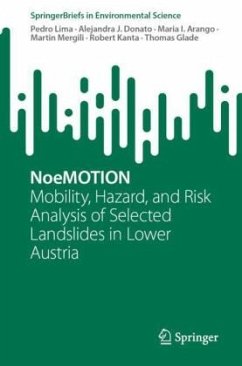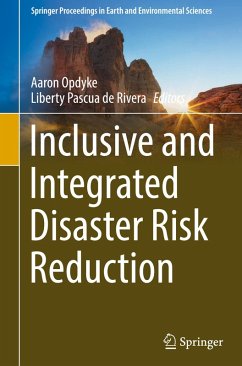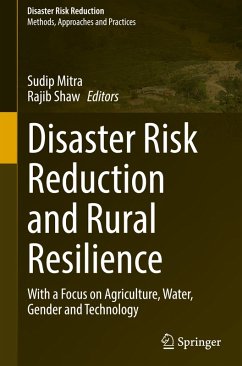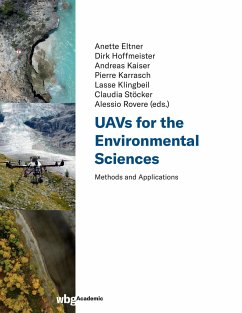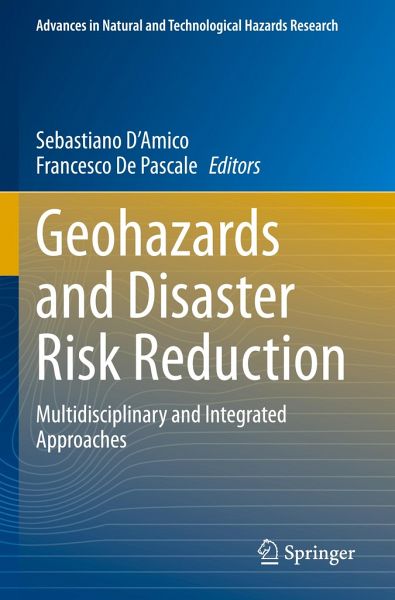
Geohazards and Disaster Risk Reduction
Multidisciplinary and Integrated Approaches
Herausgegeben: D'Amico, Sebastiano; De Pascale, Francesco
Versandkostenfrei!
Versandfertig in 6-10 Tagen
113,99 €
inkl. MwSt.

PAYBACK Punkte
57 °P sammeln!
This book provides a comprehensive and multidisciplinary approach to addressing geohazards, with topics such as social vulnerability reduction, risk prevention, institutional preparedness, and community resilience. It also introduces new technologies to study geohazards, which is important since geohazards have caused many casualties, economic losses, and damage to cultural heritage throughout human history. Despite this, the culture of risk prevention is not yet widespread, so Disaster Risk Reduction activities must focus on increasing capacities, strategies, and action plans for prevention a...
This book provides a comprehensive and multidisciplinary approach to addressing geohazards, with topics such as social vulnerability reduction, risk prevention, institutional preparedness, and community resilience. It also introduces new technologies to study geohazards, which is important since geohazards have caused many casualties, economic losses, and damage to cultural heritage throughout human history. Despite this, the culture of risk prevention is not yet widespread, so Disaster Risk Reduction activities must focus on increasing capacities, strategies, and action plans for prevention and preparedness in local communities.



